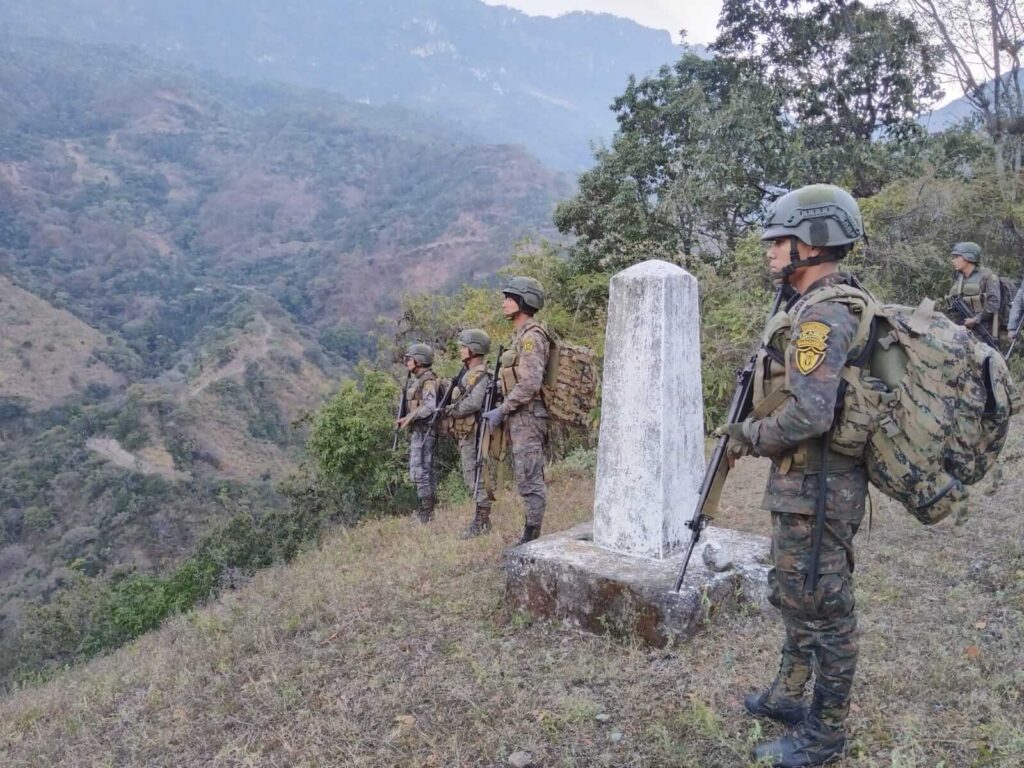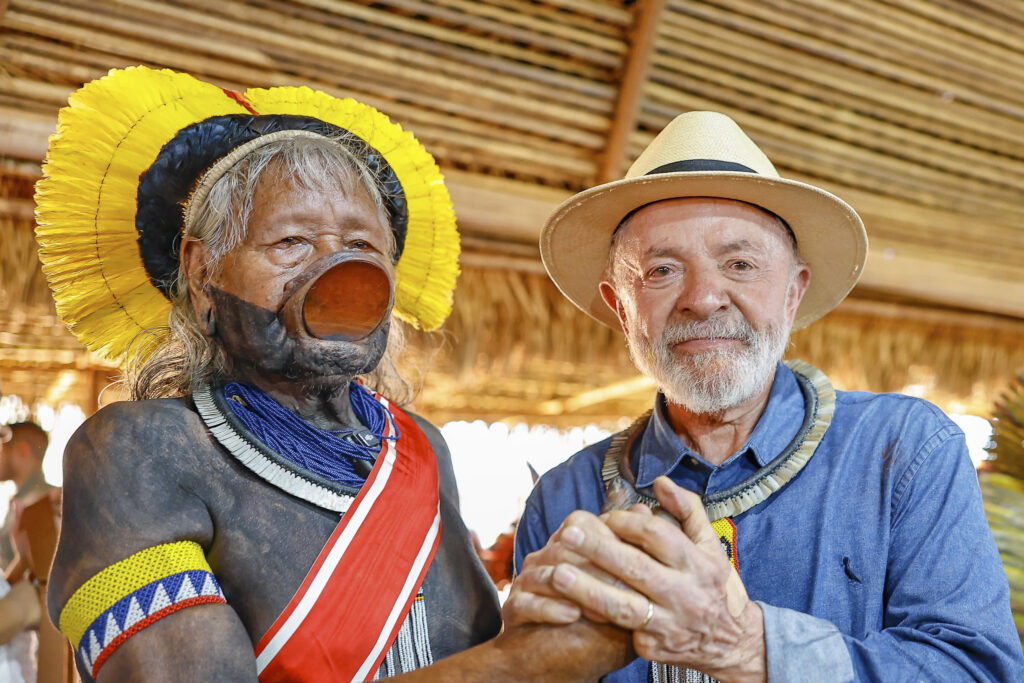People in Latin America are facing a growing hunger crisis, a new report from the United Nation says. Hunger in the region has worsened over the past five years in Central and South America at a disproportionate rate compared to the rest of the world.
The data is even more troubling considering it studies numbers up until the end of 2019, before the arrival of the COVID-19 pandemic. In 2019, 47 million people classified as hungry and nearly 200 million more were food insecure, which can mean they don’t have enough food on a daily basis or have been forced to reduce the amount of food they eat.
Since the pandemic began, people in the region have been devastated by the virus in terms of health and economics. Latin American and Caribbean countries will lose decades of progress in the fight against extreme poverty and hunger due to the pandemic, the report notes.
“If the projections we have of the impact of the pandemic occur, we could be going back to the [malnutrition] levels of the 1990s. We could lose 30 years in the fight against hunger in Latin America and the Caribbean. This is what we are talking about. It is a tragedy of unfathomable magnitude for millions of human beings,” Julio Berdegué, the Latin American regional director of the U.N. Food and Agriculture Organization, told NPR.
More than 30 percent of people in the region faced at least moderate food insecurity last year. The majority of the region’s population that is going hungry is concentrated in three countries: Venezuela, Mexico and Haiti.
Guatemala, Colombia, Peru, Argentina and Bolivia have also shown growing numbers of food insecurity and hunger in recent years. Those eight countries combined together account for 75 percent of the hunger in the entirety of Latin America and the Carribbean.
Also troubling is the upward trend in obesity for those in the region, suggesting that there is a lack of access to healthy food. The UN has found that the cost of a healthy diet in Latin America is higher than anywhere else in the world – about $4 per day – which is much more expensive than those below the poverty line can afford.
These rates of hunger are only expected to get worse as tens of millions have lost their jobs due to the global economic crisis and the region’s total GDP is anticipated to contract by more than 9 percent.
“The hunger figures in 2019 are chilling, as is the forecast for the year 2030. But with the impact of the COVID-19 pandemic, the reality will be even worse than what we project in this study,” Berdegué said earlier this year when the UN released a similar study in the region. “We need an extraordinary response from governments, the private sector, civil society and multilateral organizations,” said Berdegué, urging countries and all sectors of society to implement large-scale measures to address rising hunger, food insecurity, poverty and malnutrition.











